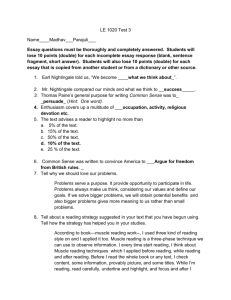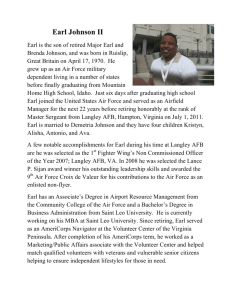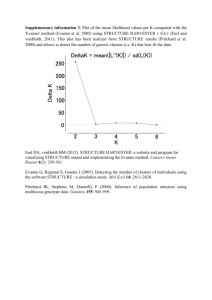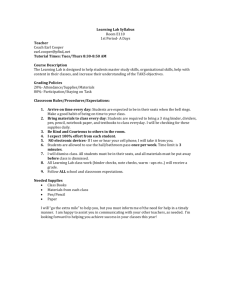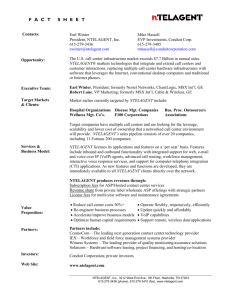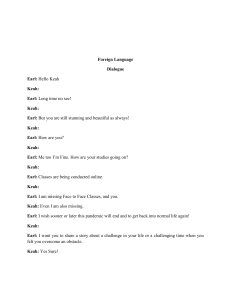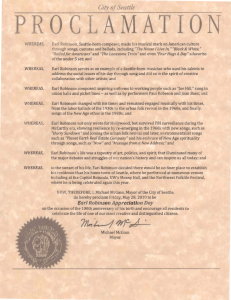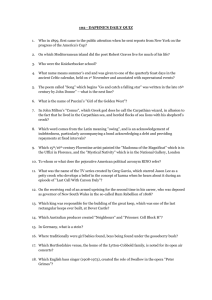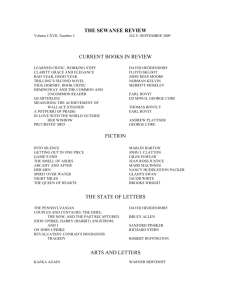Leading by Example
advertisement
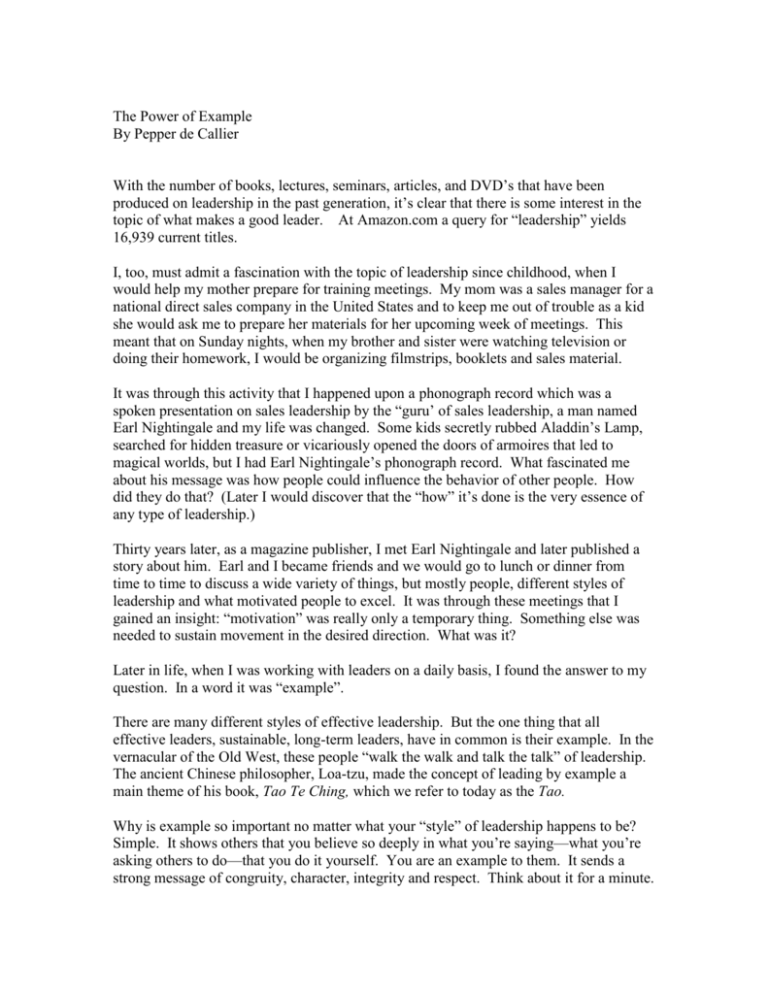
The Power of Example By Pepper de Callier With the number of books, lectures, seminars, articles, and DVD’s that have been produced on leadership in the past generation, it’s clear that there is some interest in the topic of what makes a good leader. At Amazon.com a query for “leadership” yields 16,939 current titles. I, too, must admit a fascination with the topic of leadership since childhood, when I would help my mother prepare for training meetings. My mom was a sales manager for a national direct sales company in the United States and to keep me out of trouble as a kid she would ask me to prepare her materials for her upcoming week of meetings. This meant that on Sunday nights, when my brother and sister were watching television or doing their homework, I would be organizing filmstrips, booklets and sales material. It was through this activity that I happened upon a phonograph record which was a spoken presentation on sales leadership by the “guru’ of sales leadership, a man named Earl Nightingale and my life was changed. Some kids secretly rubbed Aladdin’s Lamp, searched for hidden treasure or vicariously opened the doors of armoires that led to magical worlds, but I had Earl Nightingale’s phonograph record. What fascinated me about his message was how people could influence the behavior of other people. How did they do that? (Later I would discover that the “how” it’s done is the very essence of any type of leadership.) Thirty years later, as a magazine publisher, I met Earl Nightingale and later published a story about him. Earl and I became friends and we would go to lunch or dinner from time to time to discuss a wide variety of things, but mostly people, different styles of leadership and what motivated people to excel. It was through these meetings that I gained an insight: “motivation” was really only a temporary thing. Something else was needed to sustain movement in the desired direction. What was it? Later in life, when I was working with leaders on a daily basis, I found the answer to my question. In a word it was “example”. There are many different styles of effective leadership. But the one thing that all effective leaders, sustainable, long-term leaders, have in common is their example. In the vernacular of the Old West, these people “walk the walk and talk the talk” of leadership. The ancient Chinese philosopher, Loa-tzu, made the concept of leading by example a main theme of his book, Tao Te Ching, which we refer to today as the Tao. Why is example so important no matter what your “style” of leadership happens to be? Simple. It shows others that you believe so deeply in what you’re saying—what you’re asking others to do—that you do it yourself. You are an example to them. It sends a strong message of congruity, character, integrity and respect. Think about it for a minute. As your leader I call you into a meeting along with all your fellow employees to discuss a problem. As a company, if we are to survive, we have to cut back on expenses. We just can’t sustain, in current market conditions, unless we all find ways to cut back. I’m very persuasive in my presentation—motivational, in fact—and people actually begin to nod their heads in agreement and you can almost feel the excitement about sharing the pain. I go on to explain that later that very evening I’m convening a meeting of my direct reports to get their thoughts and create “our” plan. Wow! People are really pumped up. Then, I walk through the crowd smiling and shaking hands—pressing the flesh as they no doubt used to call it at Enron and Tyco—on the way to my chauffeur-driven BMW as it whisks me away to an elegant dinner with my managers at a chic restaurant with an appropriate selection of wines. After we discuss reduced bonuses for you and the rest of the “worker bees” I retire to my suite at the Four Seasons to get a good night’s sleep before I get up early, say 09.30, the next day to board my Gulfstream V on my way to the next meeting on cost-cutting measures. This example sounds extreme, but I have witnessed events just like this, albeit on a lesser scale, but with equal effect, many times. What is the message here? What will be the reaction of the worker bees when they begin to put all the pieces together? I’m reminded of a favorite quote that I have used for years in coaching leaders and leaders-to-be on the power of example: “Who you are speaks so loudly I can’t hear a word you’re saying.” What is the message in your example?


